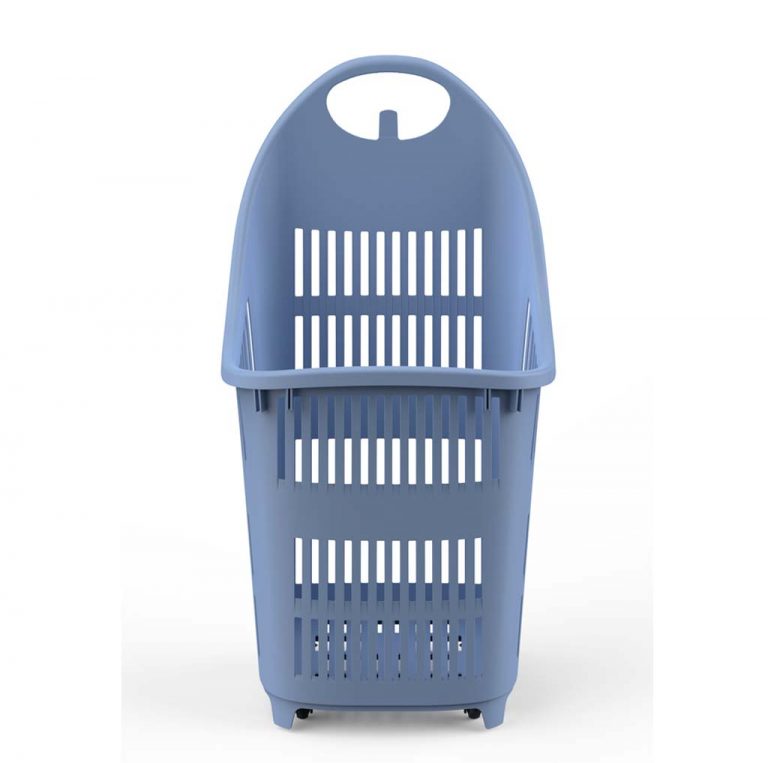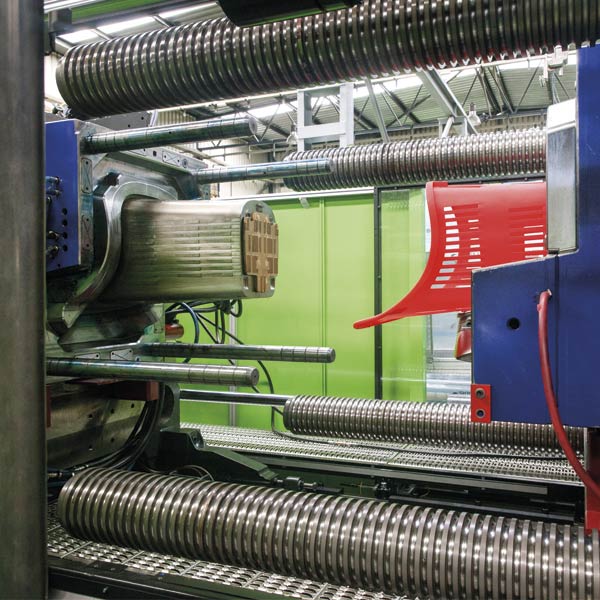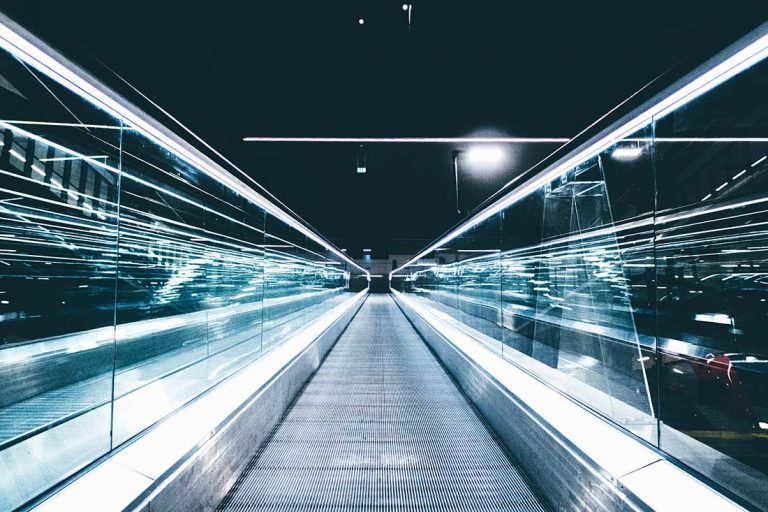Digital Detox: How to Unplug and Reconnect
Today, screens are part of our lives. But they are also the major causes of disconnection, mental fatigue, and the accompanying stress. A digital detox is not a fad—it’s an instrument that can help us strike a balance between our physical and digital lives.
Breaking free from screens and staying away from hyperconnectivity allows us to reconnect to the things that truly matter: moments of peace, genuine human connection, and experiences that enrich body and mind. A digital detox is an opportunity to recall what truly matters and rethink our relationship to technology.
What Is a Digital Detox?
A digital detox is a conscious break from electronic devices including smartphones, tablets, and computers. The main aim is to reduce technology dependency, lower screen-overuse stress, and encourage healthier habits.
According to one study of screen time statistics, the average human being spends more than 6 hours per day on the screen. Excessive screen usage is the culprit behind symptoms from eye strain and worry to poor focus and disconnection from one’s own feelings. As a result, individuals are turning to digital detox as one way of reclaiming control of their lives and their time.

The Main Benefits of Digital Detox
Disconnecting does not mean cutting off from technology altogether—it means using it more mindfully.
1. Improved Mental Health
Social media and constant alerts create pressures that can give birth to inadequacy, depression, and anxiety. Unplugging liberates us from this and makes us take a healthier perception of life. Studies show that reduction of social media use by one hour daily considerably reduces anxiety.
2. Increased Productivity
When we are not bombarded by digital distraction all the time, our ability to concentrate is much enhanced. This enables us to focus on important tasks and avoid wasted time. Research suggests that taking technology breaks during the workday makes us more productive by encouraging creativity and strategic thinking. Business leaders including Jack Dorsey have publicly advocated digital disconnection as a way of sharpening focus and getting better results.
3. Better Sleep Quality
Blue light from screens directly interferes with the body’s production of the sleeping hormone, melatonin. This interference leads to insomnia and disturbs our natural sleeping cycle. Disconnecting, especially one hour before bed, resets the body’s circadian rhythm and promotes deeper and more refreshing sleep.
4. Reconnection to the World Around You
Spend fewer hours on screens and we can rejoin the world and the people around us. Face-to-face interactions, taking a walk outside, or taking time to be quiet become more treasured. This also makes us form closer human connections, become more empathetic, and be more present at pivotal moments.
5. Less Stress
Digital information overload, or “infobesity” as it is popularly known, makes us very stressed as we try to absorb all of it at once. Regular disconnection keeps this mental overload from happening, and we are then able to think clearly about what really matters. Lessened stress also leads to healthier cardiovascular function, and this makes us calmer and more balanced.

How to Start a Digital Detox
It can be difficult to commit to digital detoxing these days, but small changes can create big differences.
- • Define Limits: Place specific time restrictions on device usage. Avoid eating while using your phone or switching it off at least one hour before bedtime. You can also create areas at home where you don’t use technology, e.g., the dining area or the bed.
- • Disable Notifications: Constant alerts interrupt focus and create tension. Turn on “Do Not Disturb” mode or silence non-critical alerts.
- • Designate Screen-Free Days: Set one or more days of the week as screen-free days. Spend those days cooking, exercising, or simply having quality time with loved ones.
- • Harness Tech to Your Benefit: It may sound ironic, but apps like Forest or Moment can be utilized to limit screen time and focus more on productive activities.
- • Replace Digital Habits: Instead of mindless social media browsing, use that time to meditate, take a walk, or learn something you are enthusiastic about.
Why Digital Detoxing is Becoming So Popular
Digital fatigue and the desire to attain equilibrium are propelling this movement. Gen Z is taking charge and is leading this movement by taking proactive measures to step away from the constant influx of information.
Among those becoming popular are:
- Digital Detox Retreats: Places where participants abandon their gadgets and focus on activities including yoga, meditation, and arts workshops.
- Tech-Free Zones: More and more homes, cafés, and even workplaces are encouraging device-free areas.
- Corporate wellness programs: Many companies are adopting disconnection policies to promote employee mental health and productivity.
- These are signs of growing awareness of how much technology is affecting our lives—and the need to have a more sustainable relationship with it.
These are signs of growing awareness of how much technology is affecting our lives—and the need to have a more sustainable relationship with it.
Reconnect With What Matters
A digital detox isn’t about cutting technology from our lives—it’s about using it mindfully and intentionally. When we step away from screens, we get healthier mentally and physically, we build more robust relationships, and we get back to the things that truly satisfy us.
It’s easy to get caught up in the digital world around us. But challenging ourselves to make little, conscious changes can be incredibly powerful. Remember, disconnection is the precursor to reconnection—with yourself, with others, and with what matters.

 Sign up for our newsletter and be the first to receive our articles!
Sign up for our newsletter and be the first to receive our articles!



























